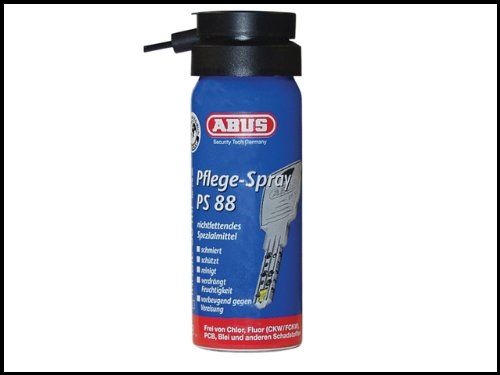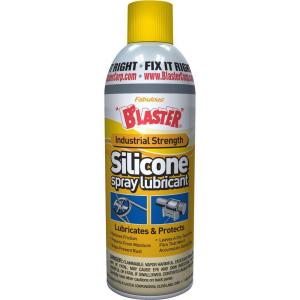mcatrophy
Privileged to ride a 2018 FJR1300AS
Recently my ignition switch has been jamming, so that I can't move the key between its four positions. What happens is that the key simply won't turn, as if it's the wrong profile. A little wriggle will sometimes enable it to move, sometimes I've had to remove it, re-insert it, wiggle it, several times before the wanted result.
Sometimes reversing the key seems to help, but it's not consistent.
My guess is that some detritus has got into the mechanism so that the slidey bits in the cylinder aren't moving freely.
Question: What's the best way to clear this (other than removing the switch from the bike)?
i've previously tried using WD40 to clean it out (by holding the sliding bit open with a small hex key) and squirting vast quantities of stuff into the hole, then 3-in-1 oil to lubricate it (which I know will wash out as rain and/or washing water runs through the switch). This worked for about a year.
(Click on image for larger view)
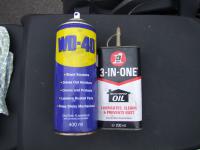
But it's re-occurred.
I've now tried using brake cleaner to wash it out, followed by some spray PTFE lubricant.
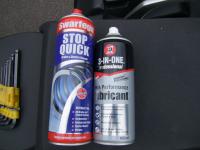
This now lets the key turn, but it feels notchy, not like the "hot knife through butter" feel it used to have as it was turned between positions.
My key doesn't appear to be particularly bent nor warn.
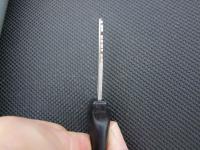
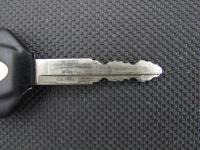
Comments, please.
Sometimes reversing the key seems to help, but it's not consistent.
My guess is that some detritus has got into the mechanism so that the slidey bits in the cylinder aren't moving freely.
Question: What's the best way to clear this (other than removing the switch from the bike)?
i've previously tried using WD40 to clean it out (by holding the sliding bit open with a small hex key) and squirting vast quantities of stuff into the hole, then 3-in-1 oil to lubricate it (which I know will wash out as rain and/or washing water runs through the switch). This worked for about a year.
(Click on image for larger view)

But it's re-occurred.
I've now tried using brake cleaner to wash it out, followed by some spray PTFE lubricant.

This now lets the key turn, but it feels notchy, not like the "hot knife through butter" feel it used to have as it was turned between positions.
My key doesn't appear to be particularly bent nor warn.


Comments, please.
Last edited by a moderator:





















































